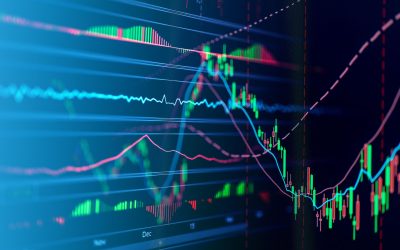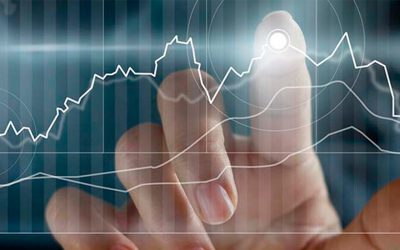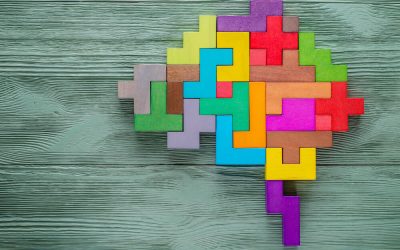
In the realm of Forex trading, achieving positive financial outcomes is the ultimate goal. Mastering the art of using diverse data sets is key to attaining this objective. This article delves into strategies for doing just that, even for those who aren’t statistical experts.
Article content
Understanding the vast array of data that traders grapple with is fundamental. Simply glancing at a trading terminal reveals a plethora of tools, various chart types and timeframes, a news feed, trading volumes, and more. All of this constitutes data, and the better you comprehend it, the more successful your trading endeavors will be. Thus, Forex trading is essentially an ongoing process of analysis.
What Exactly is Deep Data Analysis?
Deep data analysis involves delving into extensive data sets using advanced techniques and tools to uncover hidden patterns, correlations, and insights that may not be immediately apparent. To gain a deeper understanding, it’s crucial to consider:
- Factors influencing the Forex market.
- Intricacies of analysis methods.
- Common challenges encountered by traders.
- Strategies for overcoming these challenges.

Types of Forex Market Data
Historical prices. The primary instruments traded on the foreign exchange market are currencies themselves. Their fluctuating values create a price history, which serves as a vital indicator for understanding market mechanics and forecasting based on technical analysis. Historical data typically include information on opening and closing prices, as well as highs and lows for specific time periods.
Trading volumes. Currencies are among the most liquid assets in the world. However, it’s important to note that not all available currency is actively traded at any given moment. Trading volumes illustrate the amount of currency bought and sold within a specific period, offering insights into demand and supply dynamics.
Economic data. These metrics reflect the current economic conditions of a country or region. Examples include GDP figures, inflation and unemployment rates, production levels, and central bank interest rates. Changes in these values form the basis of fundamental market assessments.
News data. This category encompasses a wide range of information sourced from news outlets. It includes economic indicators, particularly when they are announced to the market. Political news also falls under this category, though it is often unpredictable and can trigger significant currency fluctuations.
Methods of Deep Analysis
Knowing which data to work with, let’s delve into how it’s accomplished. Deep data analysis uses statistical and mathematical tools, specialized software, and machine learning.
Statistics and mathematics enable the creation and testing of models based on historical prices. Put simply, prices and their fluctuations over defined periods serve as the foundation. They’re scrutinized to uncover patterns and consistencies. Subsequently, it’s assumed that under similar circumstances, the market will react similarly. Consequently, a model is crafted to forecast the behavior of a currency pair in specific scenarios. This lays the groundwork for specialized trading software. Machine learning operates similarly, but instead of humans, it’s self-learning algorithms doing the work.

Potential Challenges
Deep data analysis, as described above, isn’t easily accessible to everyone. Traders encounter their first hurdle with the sheer volume and complexity of interpreting the information gathered. Imagine the vast amount of data packed into a single day’s chart segment. For reliable results, data spanning months and years are necessary, and they come in diverse forms. To incorporate the impact of all variables, a highly intricate formula is needed.
Here we also face the challenge of interdisciplinary expertise. Not all traders are seasoned mathematicians and statisticians. Even for these experts, replacing entire divisions handling such functions in large investment firms would pose difficulties. While machine learning could offer a solution, the current capabilities of neural networks fall short in comprehensively considering all data and self-learning.
Solutions for Traders
If conducting deep analysis independently is very difficult, and its results are necessary, what solution should traders adopt? One option is to build trading strategies based on ready-made technical indicators. These indicators serve as forecasting tools, leveraging historical data for insights. Alternatively, traders can focus on trading based on fundamental news. However, the most effective approach may involve combining these methods in a strategy.
For those seeking further simplification, copy trading offers a solution. This mechanism involves copying signals and trades from other traders, allowing individuals to leverage the expertise of others without active participation.
Looking ahead, the rapid development of self-learning neural networks suggests that traders may soon have access to high-quality and intuitive trading tools. In the meantime, traders must interpret the results of deep data analysis on their own. When crafting a trading strategy, consider utilizing tools that gather extensive information and have already been tested by other traders and demonstrated positive results.






